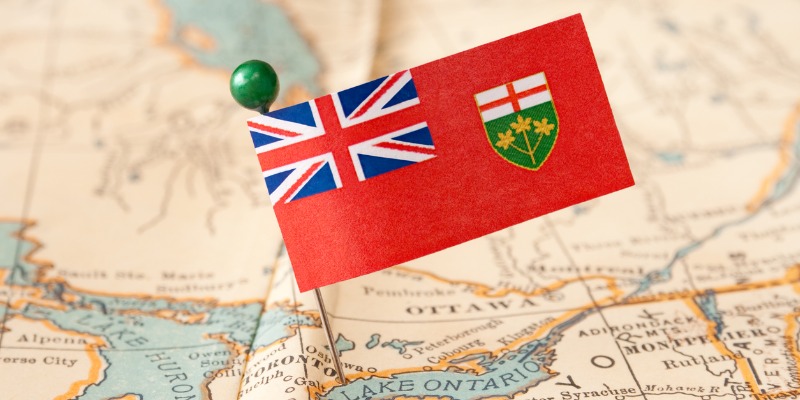Well, I have been reacquainting myself with municipal debt in Ontario over the last little while culminating in this short piece for the Fraser Institute and a discussion with Jonathan Pinto’s Up North focusing on northern Ontario and Sudbury in particular. There is also this interesting item regarding Farquier-Strickland which suggests that some smaller and more rural Ontario municipal governments are under quite a bit of stress and that large debt loads can have an impact on the long term financial sustainability of municipal finances. In any event, municipalities going bankrupt in Ontario is something out of the 1930s and most of the current regulations governing municipal finances were a response to the financial turmoil of the Great Depression.
It turns out that during the Great Depression: “By 1935, 20 percent of Ontario municipal debt was in default (Hillhouse 1936). During the early 1930s, more than 40 Ontario municipalities and school boards defaulted on their obligations.” [Cote and Fenn, 2014]. It is this historical context that haunts some of us as municipalities take on debt even though current debt burdens are well within the debt service requirements of provincial regulation in Ontario and for the most part (Farquier-Strickland excepted I suppose) Ontario municipalities have built up substantial reserves.
Nevertheless, it is worth monitoring municipal debt levels and the accompanying figure presents the total long-term debt of the big five northern Ontario municipalities from 2000 to 2023 with data obtained from the multi-year reports of the Ontario government’s municipal Financial Information Review. In 2000, the total debt burden of these five municipalities was relatively closely clustered with Greater Sudbury at $13.3 million, Thunder Bay at $45 million. The Sault and North Bay at $26 million respectively and Timmins close to zero. Things have progressed since then, though for the longest time it was Thunder Bay that was the long-term municipal debt outlier zooming ahead of the others such that by 2008 it peaked at $230 million before coming down somewhat. Nevertheless, until 2019 it still had the largest total debt of any of the northern Ontario big five.
Starting in 2019, Greater Sudbury began to ramp up its municipal debt– after a more modest ramping up from 2014 to 2019 – and from 2019 to 2020 went from $70 million to $262 million. By 2023 it had reached $325 million and is apparently poised by 2027 to reach $600 million. As of 2023, the northern Ontario big five collectively had nearly $700 million in Ontario debt. With Sudbury’s ramping up to $600 million along with other anticipated expenditures in these other major northern Ontario cities, the total should surpass $1 billion by 2027. Debt service costs on this debt in the case of Sudbury will likely double from the current 3-4 percent of total own source revenue but remain well within the provincial guideline of no more than 25 percent. Still, all other things given, more money for debt service means less money for current programs. It is a trade-off that needs to be considered.









